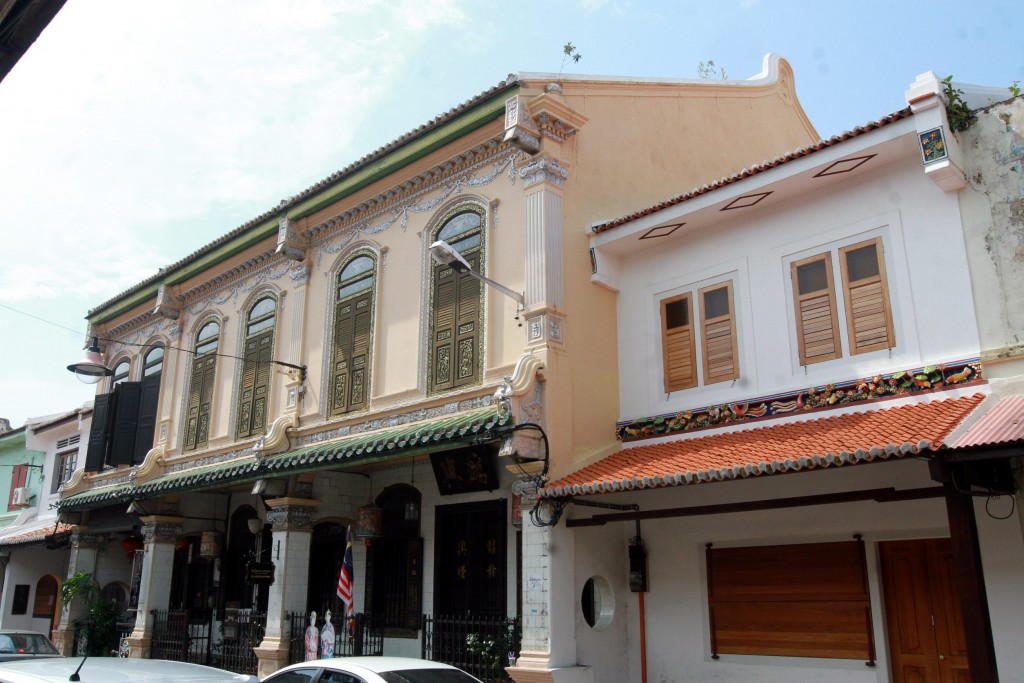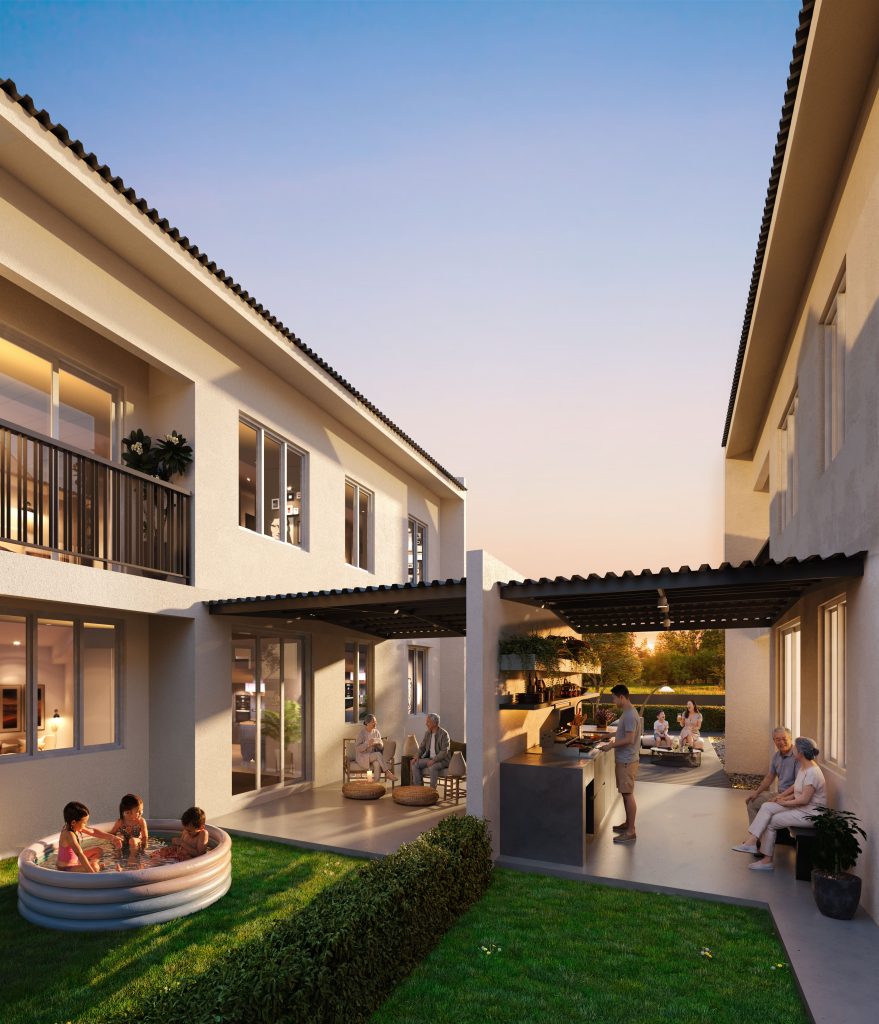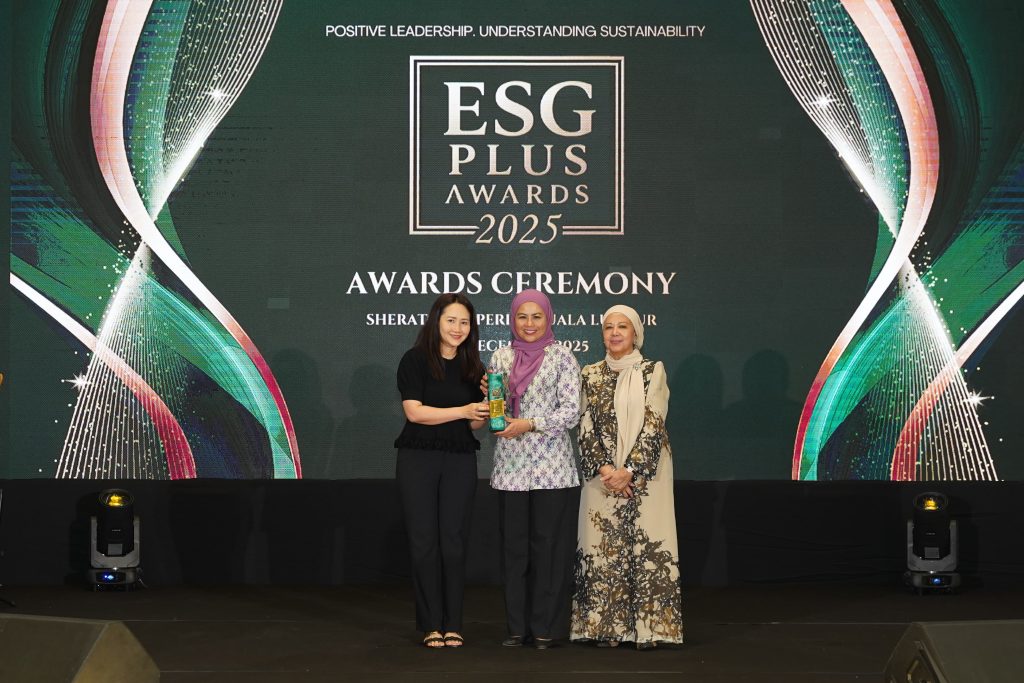Contributed by Joshua Lee
Malaysia is a beautiful country full of diversity – with a blend of different cultures, people, and food, Malaysia is known to be a country where you can expect to experience diversity and excitement
Malaysia is developing a tourism industry at an incredible pace and heritage tourism is a niche of particular interest. As a property investor, I look at heritage properties as one of the lesser-known opportunities that we can tap into. As I always tell my students in my closed-door workshops, we don’t fight the property market, we let the market come to us. Where others are listening to the market noise, we as property investors, seek the opportunities present in the market.
Let’s look at Malaysia’s trajectory as a nation. In the year 2018, Malaysia attracted 25.8 million tourist arrivals that contributed a total of RM84.1 billion in revenue. By 2020, Malaysia's government is expecting to attract a total of 30 billion tourist arrivals with RM100 billion in revenue, an increase of 18%. While we look at these numbers, what does it mean to you? Do you see how you can tap into this revenue by providing strategic housing to tourists?
When I started studying heritage properties as potential investments, I came across UNESCO's World Heritage Site. What I found was that there is a global recognition in the preservation of natural and cultural heritage sites. With UNESCO’s recognition, an obscure local site can be catapulted into international prominence as a major tourist attraction. This means plenty of traffic and attraction bringing tourists from all over the world. Searching on UNESCO's website, and I found out that currently, there are only five locations that are officially recognised by UNESCO: Malacca, Penang, the Lenggong Valley, the Gunung Mulu National Park, and Kinabalu National Park.
I went further into studies on the oldest state of Malaysia – Malacca. Before the arrival of the first Sultan, Malacca was a fishing village populated by local inhabitants known as Orang Laut. Malacca was founded by Parameswara in the year 1402 where he discovered a site that made for a great port – it was accessible in all seasons and strategically located at the narrowest point of the Malacca Straits.
According to a well-known local legend, Parameswara was resting under a tree near the river, one of his hunting dogs cornered a mouse deer (known as a kancil). The mouse deer pushed the dog into the river in self-defence. Parameswara was impressed by the courage of the deer, he saw it as an omen of the weak overcoming the powerful. Hence, Parameswara decided to name the place as “Malacca” after the tree he was resting under, the Malacca tree.
Malacca is the definitive historical state of Malaysia, rich with heritage buildings, ancient landmarks, and colonial structures. During the 15th century, China's Ming Dynasty was seeking to develop a commercial hub and a base of operations for their treasure voyages into the Indian Ocean. This is where Admiral Zheng first stepped foot in Malacca through the Straits of Malacca. The intention of Zheng He was to establish a Chinese presence and impose imperial control over trade in the Indian Ocean.

Malacca was where the story of Malaysia officially began. A fleet of ships arriving from across the world is depicted with miniature models to show how the state was once a trading hub for all sorts of precious commodities which eventually led to it being conquered by various foreign powers.
The rulers of Malacca, such as Parameswara in 1411, would pay tribute to the Chinese emperor in person. To enhance the relationship between Malacca and China, Hang Li Po, a daughter of the Ming Emperor of China, arrived in Malacca with the accompaniment of 500 attendants, to marry Sultan Manshur Shah who reigned from 1456 until 1477. Her attendants then married the locals. This is the beginning of the Baba and Nyonya ethnic groups, whose ancestors were Chinese migrants who intermarried with the locals and adopted the local culture.

The Baba & Nyonya House Museum, also known as the Baba Nyonya Heritage Museum, is a museum showcasing the local history of ethnic Chinese-Malays, called Baba-Nyonya or Peranakan in Malacca.
Moreover, Malacca also has a long history with the Portuguese, the Dutch and the British – they have all colonised Malacca at different times over a span of more than 300 years. Malacca's local culture was mixed, influenced, and shaped with different ethnic influences of the Chinese, the Portugese, the Dutch, and the British. It is a unique blend of history, people, arts, music, and food. Today, Malacca is recognised as a UNESCO cultural heritage site, and tourists often pay a visit to Malacca when in the country. Some famous tourist spots to mention are the A’Famosa Fortress and Twilight Dutch Square, where you can witness a few of the oldest surviving colonial buildings featuring European architectural in Asia.

The A'Formosa fort was built to protect the spice route between Portugal and Asia during the colonisation of Malacca by the Portuguese. All that remains today are some foundation stones, some cannons, and a tiny gate.
Another famous and must-visit place is none other than Jonker Street, also known as Jonker Walk. Jonker Street is definitely a delightful experience to walk through and photograph, with centuries’ old pre-war shophouses and historical landmarks. Restaurants, cafes, and gift shops are everywhere. Here you can find all sorts of local food like Durian Cendol, Chicken Rice Ball, traditional coffee, and also a variety of souvenirs and trinkets.

During the Public Holiday people take the opportunity to bring their family to visit Jonker Walk and other historic sites in Malacca. Star Photo By A Malex Yahaya / Melaka.
Not too far from Jonker Street, you can also find the famous food local dish known as Satay Celup. Every night, especially during the weekend, you will witness people queuing for a bite. Every Friday, Saturday, and Sunday night, Jonker Street will be full of delicious street food, where hawker set up their stalls, stretching over the entire street. You can see a lot of people walking around with snacks and drinks in their hands, you will hear people’s laughter, and you will feel the warmth of the locals.
CHI Triangle's model entails the study of human traffic and populations flows. CHI Triangle focuses its property research on the aspect of the human element – your target tenant. In a heritage location, you may find many supporting properties within a vicinity of three kilometres, where they can help to ensure a good investment and provide a viable return on investment for you as a landlord. As investors, we provide housing solutions to our niche market, and we hope to be rewarded handsomely.
To get to know more about Joshua Lee’s property investment live workshop for free, you may register at www.chitriangle.com or you may get in touch with Joshua Lee on Facebook and Twitter (@coachjoshualee).
Should old buildings be replaced so that the entire skyline is uniformly made up of modern structures? Read more here.
Stay ahead of the crowd and enjoy fresh insights on real estate, property development, and lifestyle trends when you subscribe to our newsletter and follow us on social media.
















































